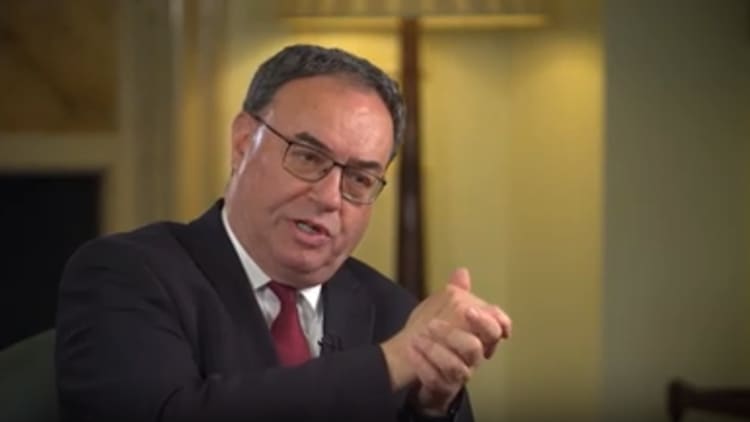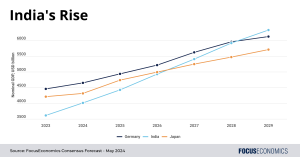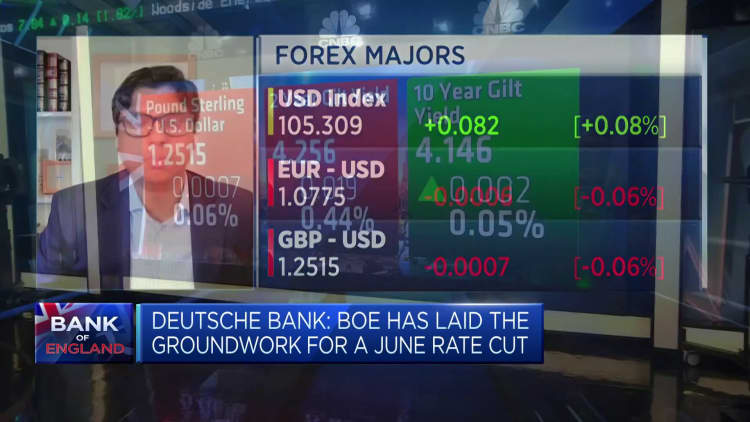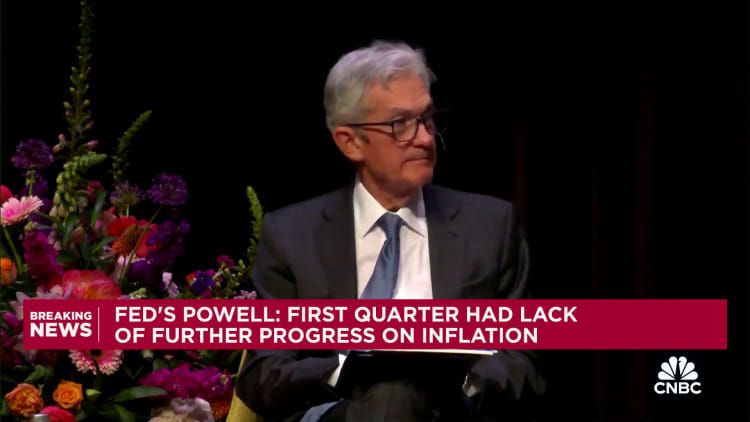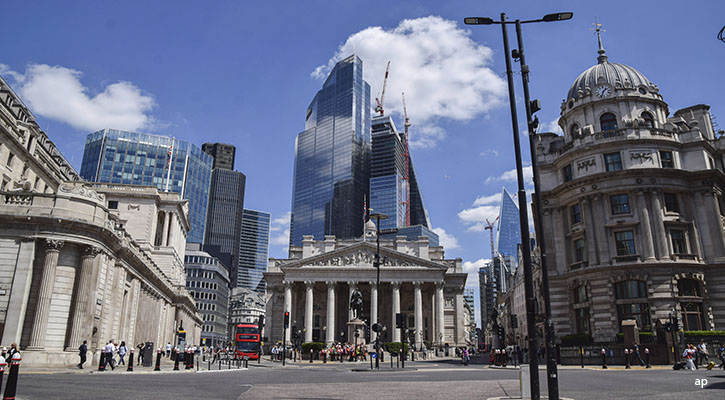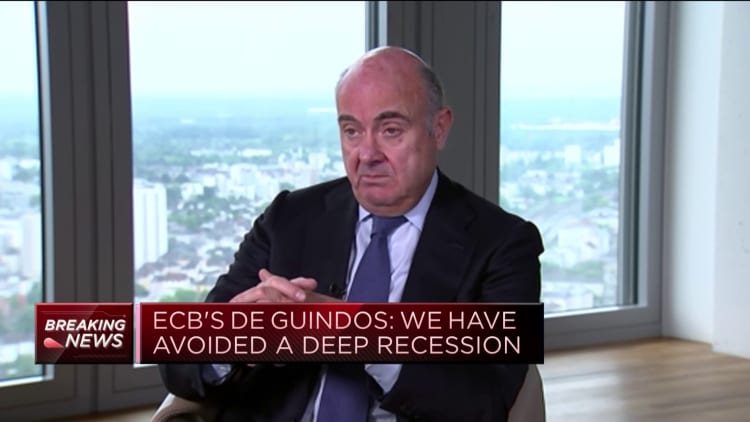U.K. inflation fell to 2.3% in April, the Office for National Statistics said on Wednesday, coming closer to the Bank of England’s target rate even while missing expectations. Core inflation, excluding energy, food, alcohol and tobacco, dipped to 3.9% in April from 4.2% in March. The war between Russia and Ukraine — both major producers of food commodities and energy — has disrupted global production, trade and supply in these areas, leading to a surge in prices. Solstock | E+ | Getty Images
U.K. inflation came in hotter than expected with a drop to 2.3% in April, the Office for National Statistics said Wednesday, prompting traders to pull back from bets on a June interest rate cut from the British central bank.
The headline reading declined from 3.2% in March. The April print marked the first time inflation has been below 3% since July 2021 and brings it within touching distance of the Bank of England’s 2% target.
Economists polled by Reuters had nevertheless expected a steeper drop to 2.1%.
Services inflation — a key measure being watched by the BOE because of the dominance of the sector in the U.K. economy and its reflection of domestically-generated price rises — eased only slightly to 5.9% from 6%. That missed a forecast of 5.5% from both a Reuters poll and the BOE.
Core inflation, excluding energy, food, alcohol and tobacco, dipped to 3.9% in April from 4.2% in March.
A dramatic drop in the headline rate was widely expected because of the year-on-year decline in energy prices. Investors were instead set to focus on core and services inflation, after BOE policymakers indicated they would be willing to cut interest rates some time in the summer, but stressed that the timing would depend on fresh data.
Following the print, money markets slashed the probability of a June rate cut to just 15%, down from 50% earlier in the day. The likelihood of an August cut was seen at 40%, down from 70%.
June cut ‘unlikely’
Both core and services were “disappointing,” said Suren Thiru, economics director of the Institute of Chartered Accountants in England and Wales.
“Lingering concerns over underlying inflationary pressures mean a June rate cut is unlikely. However, these figures may convince more rate setters to vote to ease policy, providing a signal that
